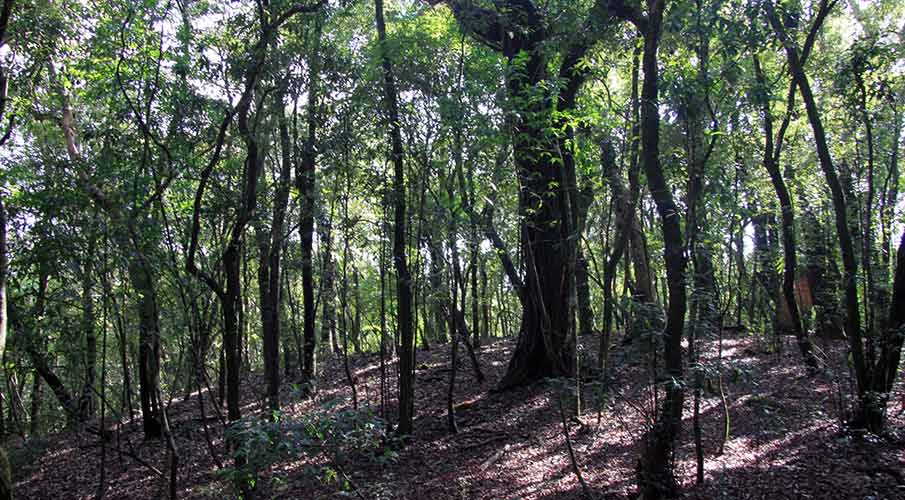Intriguing, isn't it?
Many festivals, including but not limited to Monolith Festivals, take place in the Mawphlang Sacred Forest. The locals enjoy celebrating nature while also showcasing their culture and traditions. What better place to do that than on the mainland of nature itself?
There is an intriguing hypothesis that if sacrifices are not performed in a certain way, the god of this holy forest becomes enraged, causing him to appear as a snake. As a result, the sacrifices must be flawless. You must have all of the requisite things for the sacrifice or it will not take place. And if the deity is happy, then he will emerge as a leopard.
Another intriguing tale about the deity is that if the desired king is chosen during the democratic election held in the village, the sun shines on that day as a mask of the deity's happiness, and if the deity is unhappy, it rains. As the village is ruled by the king, there are approximately 53 kingdoms there. And there is only one law that all kingdoms follow: 'Respect the Sacred Forest.'
Many tourists were drawn here because of its beliefs and history. It provides you with first-hand knowledge of not only how to be mesmerized by this dense forest, but also how to appreciate nature. However, you should be aware that rain can fall at any time in the forest, so bring an umbrella and walk through the forest with the assistance of a guide.
The entrance to the holy forest is majestic in and of itself. It's a green tunnel composed of green branches. As you progress inside, you will notice monoliths that represent the sacrifice of animals such as cocks, lambs, and so on.
One can also stay here to fully explore the region. One of the most well-known accommodations is the Maple-Pine Farm. It has eco-friendly cottages with all of the essential amenities. To reach these sacred destinations, one can hire a cab or taxi. It just takes about an hour to reach there.
This sacred forest in Meghalaya offers a rare experience. With a peculiar and curious belief in its sacredness and elegance, this magnificent forest is a once-in-a-lifetime experience.
